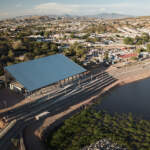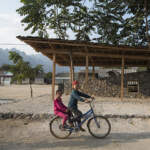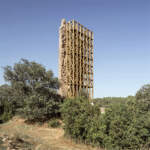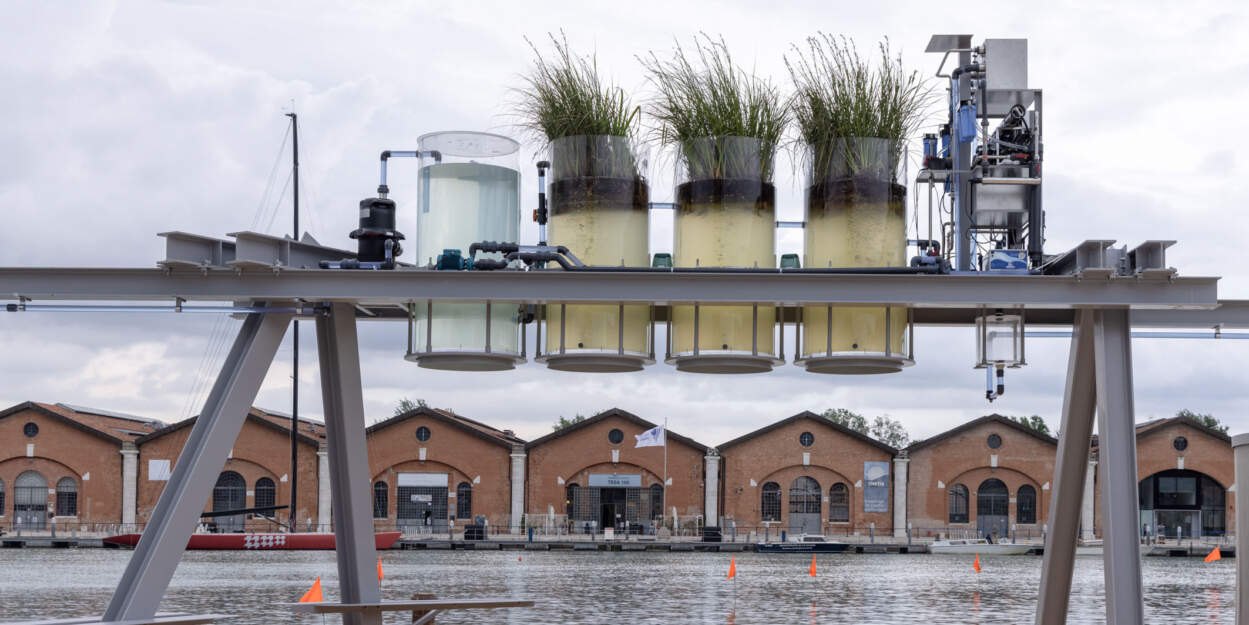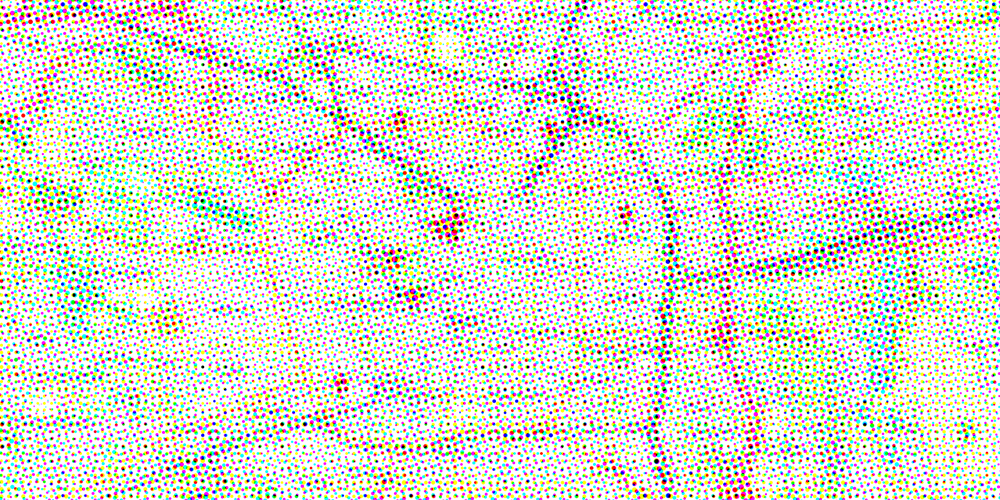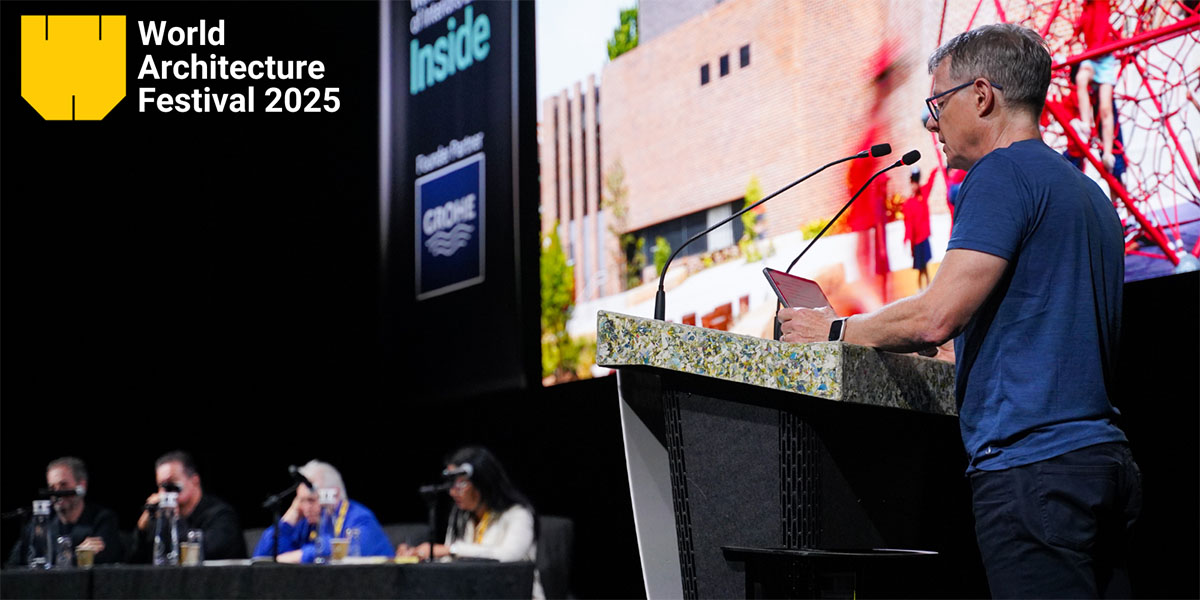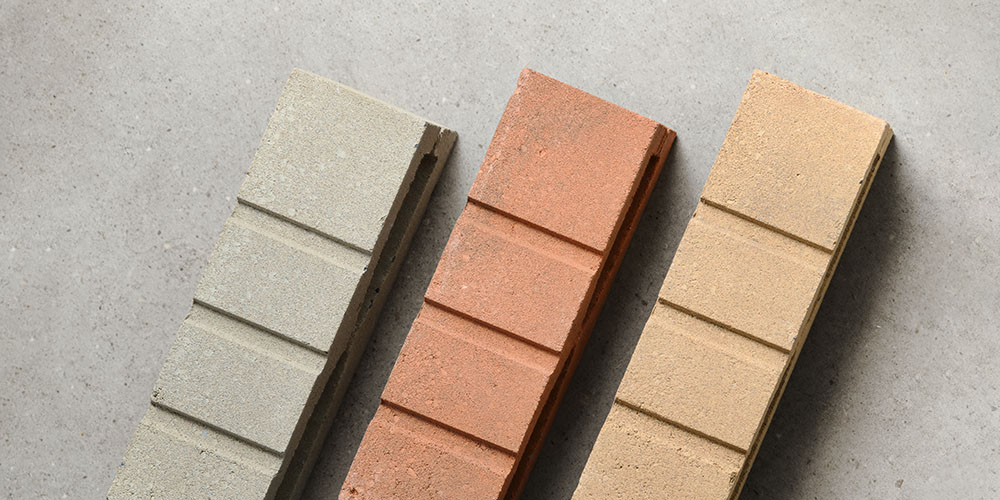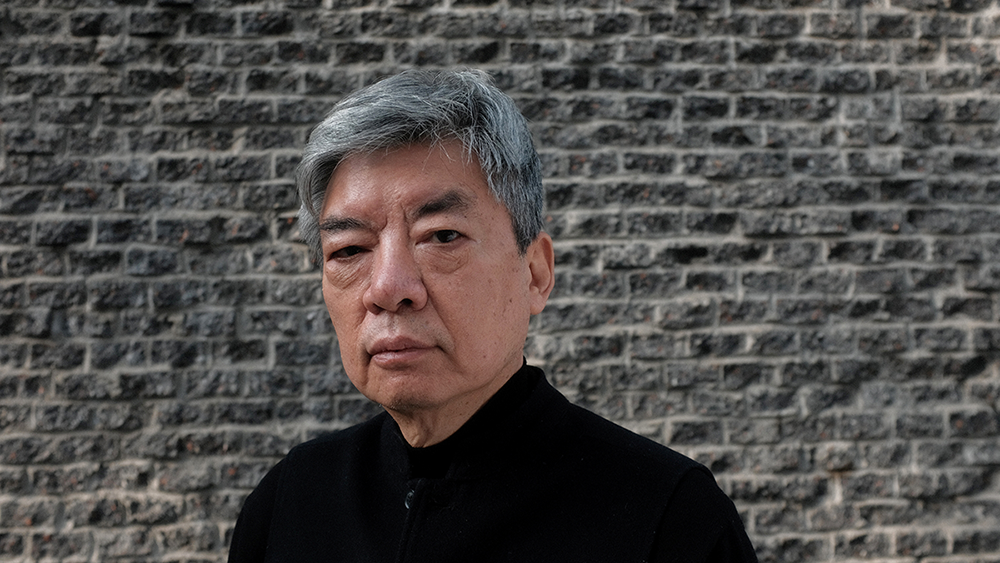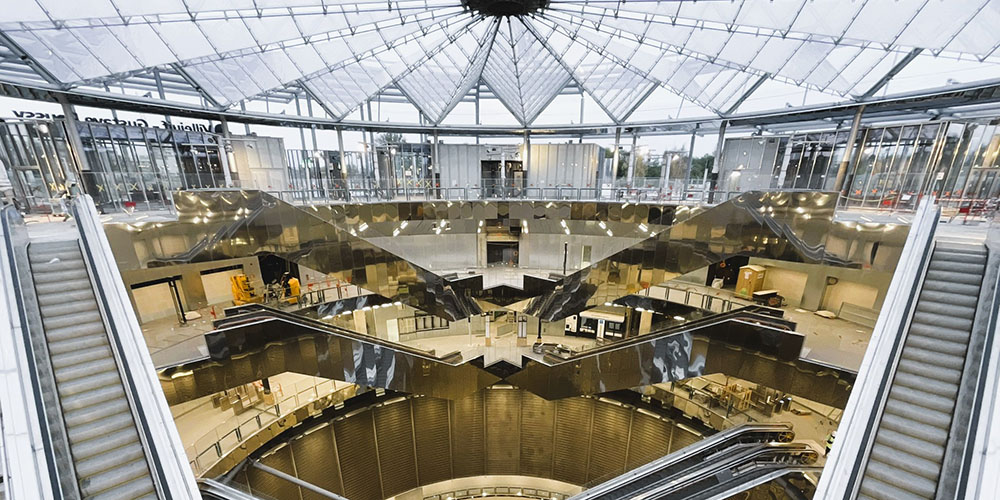The Architectural Review has announced the winners of the AR Emerging Architecture awards 2020. First launched in 1999, the AR Emerging Architecture awards grant early recognition to young designers and celebrate the architectural stars of tomorrow.
Delayed by the Covid-19 pandemic, the winners were announced at the AR Emerging Architecture awards live virtual event, where shortlisted architects also contributed to the Emerging architect’s guide, offering advice and anecdotes to architects and students starting out in the world of architecture.
Carles Enrich Studio has been announced the winner of the AR Emerging Architecture awards 2020, along with Khadka + Eriksson Furunes who have won the Peter Davey Prize and Taller Capital who have been highly commended.
Barcelona-based practice Carles Enrich Studio has won the AR Emerging Architecture awards 2020 and will receive a £10,000 prize.
The architects were chosen from a shortlist of 16 emerging practices from all over the World: Arigho Larmour Wheeler Architects (United Kingdom / Ireland), Atelier Tao + C (China), Carles Enrich Studio (Spain), Equipo de Arquitectura (Paraguay), Gabriela Carrillo (Mexico), Khadka + Eriksson Furunes (the Philippines / Norway), MAAJ Architectes (France), Nomos (Portugal / Switzerland / Spain), Semillas (Peru), STPMJ (South Korea), Studio Advaita (India), Studio Propolis (Kenya / United Kingdom), Surman Weston (United Kingdom, Suzuko Yamada Architects, Japan, Taller Capital, Mexico and Unparelld’arquitectes (Spain).
- Taller Capital
- Khadka + Eriksson Furunes
- Carles Enrich Studio
The judging panel included co-founder of Portuguese practice Aires Mateus Manuel Aires Mateus, India-based architect Sameep Padora and Director of Sustainability and Physics at Buro Happold Maria Smith – all Emerging Architecture alumni.
The jury commended the way Carles Enrich Studio’s work reconnects history with the future and understands heritage as infrastructure: ‘something dynamic and appropriated rather than museumified’.
The studio’s work focusses on interventions in historical landscapes in Catalonia; the Merola Tower project in Puig-reig ‘prefers to recover the experience and recreate the viewpoint, rather than to rebuild the castle’.
The judges applauded the studio’s approach to existing context, commenting, ‘It is about reinterpreting rather than reconstructing, and it takes a certain form of freedom – and a lot of persuasive power – to do it successfully.’
The practice’s portfolio ‘shows that big ideas can be built with minimal materials, that good architecture should imagine itself filled with life, and remind us that everything is ephemeral.’
Mexican practice Taller Capital were highly commended by the judges, recognising the studio’s ambition and ability to ‘design a new river, or a new communal space, with each project they take on, independently of the commission they were given.’
With an emphasis on large-scale urban projects, their built work ‘intelligently navigates dichotomies between formal and informal systems, proving that public space is transformative.’ The practice’s work at Parque en el Represo Colosio, a park which dramatically floods for eight months of the year, was commended by the judges for its ‘excellent approach to water management’ and use of ‘considered geometries which radically improves the everyday’.
Also recognised by the awards was Khadka + Furunes, based between the Philippines and Norway, and awarded this year’s Peter Davey Prize – a prize awarded to the editors’ choice.
Editor of The Architectural Review, Manon Mollard, describes the practice’s ‘quietly radical collaborative approach to practice and working with local people’ in villages in Vietnam. Resembling the local tradition of mutual support, đôi công, ‘the studio is putting into practice a way of working that resonates with both the AR’s editorial practice and a model for collaborative working more broadly.’
The AR Emerging Architecture awards winner and Peter Davey Prize winner will receive a specially commissioned trophy created from rammed earth, a sustainable and low-carbon building material. The trophies were designed and made by UK-based product designer Elliot Lunn.

